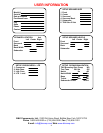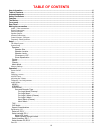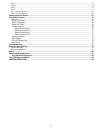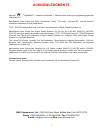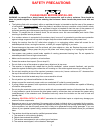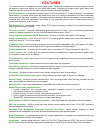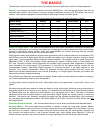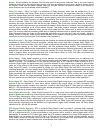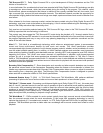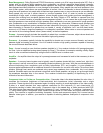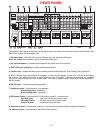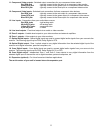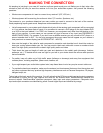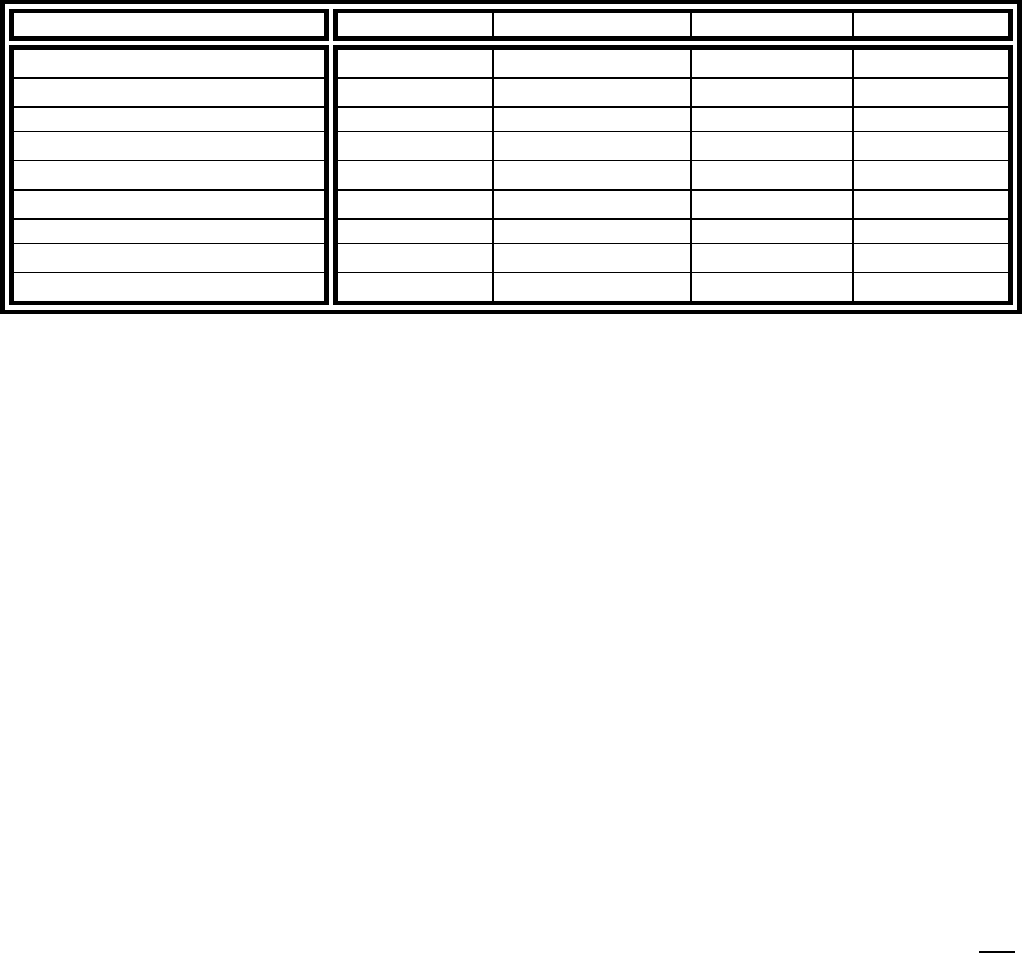
4
THE BASICS
The following is intended to familiarize users with common terms and applications of Home Theater equipment.
Sources - your receiver can provide audio from its built-in AM/FM tuner. It can also provide limited video from its
on-screen menu system. You will want to connect a number of additional sources (VCR, DVD player, etc.) to your
receiver. Your receiver is designed to accommodate a wide range of audio and video signals.
The following table lists the most popular home theater media and how the audio information is stored.
Source Media Analog PCM Dolby Digital DTS
Audio Cassette X
Video Cassette X
Laser disc (LD) X X X X
Compact Disc (CD)
X X X
Digital Versatile Disc (DVD)
X X X
Satellite Broadcast
X X
Digital Audio Tape (DAT) X X X X
Digital Compact Cassette (DCC)
X (compressed)
Mini disc (MD)
X (compressed)
Analog vs. Digital Audio - This refers to the method used to place audio information on the source material and
how they are delivered to your receiver from the source. Analog signals exactly represent the sound you will hear
through a continuously varying voltage. Audio and videocassettes are analog recordings and are normally
delivered to your receiver over a pair of coaxial audio cables.
Digital signals closely approximate the original audio signals with a set of numbers referred to as a bitstream. CDs
and DVDs are sources of digital audio and are normally connected to your receiver through a coaxial or optical
digital cable. There are several different bitstream formats available. The simplest format is called Pulse Code
Modulation (PCM). In PCM, the bitstream directly represents the original 2-channel audio. In Dolby Digital and
DTS (see “Surround Formats” below) bitstreams are modified using a process called compression to squeeze
more information into limited space. DTS squeezes 5.1 channels into the space normally required for two
uncompressed channels, while Dolby Digital squeezes 5.1 channels into about ¼ the space required for two
channels. Your receiver automatically detects the bitstream currently being provided from the source and
performs the required decompression and surround processing. If no digital signal is present your receiver will
automatically switch to analog processing.
All sounds that you hear from your speakers are analog. Digital signals are automatically converted to analog by
your receiver before being output to your the speakers.
If analog signals exactly represent the audio, while digital signals only approximate it, why would I want to use
digital?
All analog sources add some amount of noise and distortion to the audio signal. Additional noise can be picked up
through the cables from the source to your receiver. It is impossible for the receiver to tell the difference between
the desired signal and the added noise and distortion, so it reproduces both of them. The result is increased
background noise and decreased dynamic range and fidelity. Digital signals are virtually immune to noise and
distortion. The receiver can, therefore, reproduce the signal with the greatest possible fidelity. We recommend
you use digital signals wherever possible. Also Dolby Digital and DTS (see “Surround Formats” below) work only
with digital signals.
Audio and Surround Formats - Your source material will be in one of seven possible formats described below.
Monaural (Mono) - This is the oldest format available. It contains a single, full range audio channel. Modern
recordings are seldom made in this format, but older movies and music are available only in this format. You may
get mono from any source - digital or analog. Sound will normally come from the seven speaker channels, but
your receiver can produce mono in one to seven channels (see “Audio Modes under Operation”). Since all
modern sources are stereo, the mono information is usually replicated from both the left and right channels.




